Amtrak’s existing (blue) and proposed (green) routes and stations are shown here, with a focus on the Cleveland-Chicago transportation corridor. A group of metropolitan planning organizations in the corridor led by Greater Cleveland’s Northeast Ohio Areawide Coordinating Agency want to address freight and passenger rail traffic congestion on the busy Norfolk Southern rail line to allow for expansion of both (Amtrak Connects US). CLICK IMAGES TO ENLARGE THEM
Amtrak, freight rail congestion, delays cited as problem
Agencies between Cleveland and Chicago have joined forces to request federal funds to identify how best to expand freight and passenger rail services on the busy Norfolk Southern (NS) Corp.-owned rail line that links those metro areas.
The agencies include several metropolitan planning organizations (MPOs) led by the Northeast Ohio Areawide Coordinating Agency (NOACA) which submitted a $2.56 million request for funds from the Federal Railroad Administration’s (FRA) Consolidated Rail Infrastructure and Safety Improvements (CRISI) program. The federal funds would be matched by a 20 percent share from the MPOs to fund a $3.2 million corridor service development plan.
There is $362 million available in this year’s offering of CRISI funds, which are highly competitive. Of that, $75 million is set aside for passenger rail development projects and plans, according to a program summary from the FRA. The deadline for submitting CRISI grant applications is today. In order for federal funding to be awarded for construction projects, a federally compliant plan must be developed first, which is what this application, if awarded, would accomplish.
Specifically, the plan would conduct computer simulations of all the scheduled freight and passenger trains displayed on NS’s Cleveland-Chicago corridor tracks. There are more than 100 daily freight trains and 14 daily Amtrak passenger trains, although only four go east of Porter, IN. The rest go up into Michigan which purchases service from Amtrak.
New stations, tracks and traffic control systems are in evidence at Dearborn, MI on the Detroit-Chicago “Wolverine Corridor” where Amtrak trains routinely travel at 110 mph. Those are the kinds of investments that a group of metropolitan planning organizations have in mind for the Cleveland-Chicago route to expand and improve passenger and freight rail services (All Aboard Ohio).
The computer simulations would identify existing areas of rail traffic congestion and planners would propose additional tracks at strategic locations to relieve it. Then, anticipated freight traffic growth would be added to the simulation to identify additional locations of traffic congestion. Finally, expanded Cleveland-Chicago Amtrak services, but operating on daytime schedules unlike Ohio’s existing trains, would be introduced into the simulation to see where further rail traffic congestion might occur and how to relieve it.
Additional tracks, station platforms, bridges, traffic control systems and other improvements are possible options. Those improvements could be proposed to relieve congestion to not only improve freight and passenger service reliability but also to reduce travel times to ensure car-competitive trips.
According to the FRA, the goals of the CRISI program are to “enhance rail safety, help to undo inequities caused by transportation and land use policies and create new opportunities for underserved communities, provide energy efficient transportation options to confront the effects of climate change, invest in projects that spur economic growth, and ensure our world-class freight network can meet the mobility demands of a growing population.”
The CRISI program that this plan would tap was funded before Congress on Nov. 6 passed President Joe Biden’s Investment in Infrastructure and Jobs Act which has budgeted up to $66 billion for passenger rail improvements over the next five years. The prospect of significant federal funding for rail expansion has encouraged Amtrak to propose up to 16 more daily trains to and from Cleveland, connecting it with Columbus, Cincinnati, Detroit, Buffalo, Pittsburgh and the East Coast. However, Amtrak’s expansion vision did not include the Cleveland-Chicago corridor.
Amtrak’s Chicago-East Coast trains are scheduled to arrive and depart Cleveland in the middle of the night. But the eastbound train between Chicago and New York arrives Cleveland at dawn’s early light in the spring and summer months. Despite these vampire-like hours of activity, crowds board the trains at Cleveland (KJP).
“It’s an unprecedented opportunity for passenger rail and we need to also accommodate freight rail,” said NOACA Executive Director and CEO Grace Gallucci during a virtual meeting of regional planners and politicians between Cleveland and Chicago in August. “I’m excited about Amtrak’s expansion proposal. I also want to ensure the Cleveland-Chicago Amtrak corridor is improved and enhanced.”
She said this plan is being pursued to improve existing transportation infrastructure and services and does not detract from NOACA’s work in planning for Hyperloop technologies should they ever become commercially practical in the future. No funding in the new infrastructure law was authorized for development of Hyperloop. At least $24 billion of the law’s expanded federal passenger rail program will go to improve tunnels, bridges and other infrastructure in Amtrak’s Northeast Corridor linking Boston, New York and Washington DC.
“I keep hearing a lot about the Northeast Corridor but we need to hear about the Great Lakes region,” said Congresswoman Marcy Kaptur (D-9, Toledo) who organized the August meeting. “We have something working for us as the Secretary of Transportation (Pete Buttigieg ) is from South Bend (Indiana). We are backed up with freight (traffic). We need better rail transportation.”
Even though Amtrak didn’t include the Cleveland-Chicago corridor in its expansion vision, its executives welcomed capital improvements here to at least improve the reliability of its overnight Chicago-East Coast trains that use the corridor. Those four trains carried more than 600,000 annual riders before the pandemic, equal to more than a dozen daily, fully-loaded Boeing 737 planes or several dozen daily Greyhound buses, according to the nonprofit advocacy group All Aboard Ohio.
An Amtrak train from Michigan arrives Chicago, traveling over the busiest portion of the route west of Porter, IN which is shared with the Chicago-Cleveland corridor. This section could see the construction of new, passenger-only tracks to allow train speeds up to 110 mph and without freight train interference (Wiki Commons).
“We share everyone’s enthusiasm for this (Cleveland-Chicago) corridor,” said Joe Shacter, Amtrak’s senior manager, state corridors, in the August meeting. “There is no question that we want to invigorate this corridor.”
He said the existing NS-owned route needs “significant” new capacity because of heavy freight train traffic which causes Amtrak’s trains through Cleveland to frequently run late.
“Statistics don’t lie,” Shacter said. “We’re not proud of it. We must have better handling from NS. We stand ready to make that (corridor) work.”
“The Midwest is the absolute linchpin to so many things in this country,” said Amit Bose, FRA deputy administrator. “The Federal Railroad Administration has provided technical assistance on rail planning for local and regional plans. We definitely believe in long-distance and intercity and high speed rail service.”
In 2014 in the Chicago neighborhood of Englewood, commuter railroad tracks were put on a new bridge over the Norfolk Southern tracks used by Cleveland-Chicago freight and Amtrak passenger trains. These are the kinds of investments that might need to be made in South Bend, IN, Toledo, OH and possibly other locations to reduce rail traffic congestion and delays (Mark Llanuza).
“It is critically important for communities and regions to identify both their station and rail infrastructure needs along the Lake Shore Corridor to identify possible rail traffic bottlenecks as well as improvements that can make the flow for both passenger and freight rail smoother,” said Stu Nicholson, executive director of All Aboard Ohio.
He noted that some of the strategic improvements resulting from this Cleveland-Chicago plan could include a new, 40-mile, passenger-only rail corridor between Porter, IN and Chicago Union Station called the South of the Lake Bypass, estimated to cost more than $1 billion. Also, new rail bridges over the Maumee River in Toledo or Sandusky Bay, plus expanded stations where Amtrak trains must wait and block mainline tracks until the one-and-only station track opens up.
“This is an example of the kind of bold visioning and leadership Ohio needs,” Nicholson said. “At the same time, it is disappointing that we’re not seeing this from the state of Ohio itself. As All Aboard Ohio has asked previously, ‘Where is the administration of Gov. (Mike) DeWine and why are they not stepping up to engage with Amtrak’s expansion plans for Ohio’?”
NEOtrans contacted Ohio Rail Development Commission (ORDC) Executive Director Matt Dietrich for comment about the Cleveland-Chicago CRISI application but he hasn’t responded prior to publication of this article. In the past, Dietrich has deferred to ORDC’s enabling legislation which he said requires staff to plan for and pursue a Cleveland-Columbus-Cincinnati (3C) route first and that other Ohio routes would be planned later. However, no such 3C planning is taking place.
END

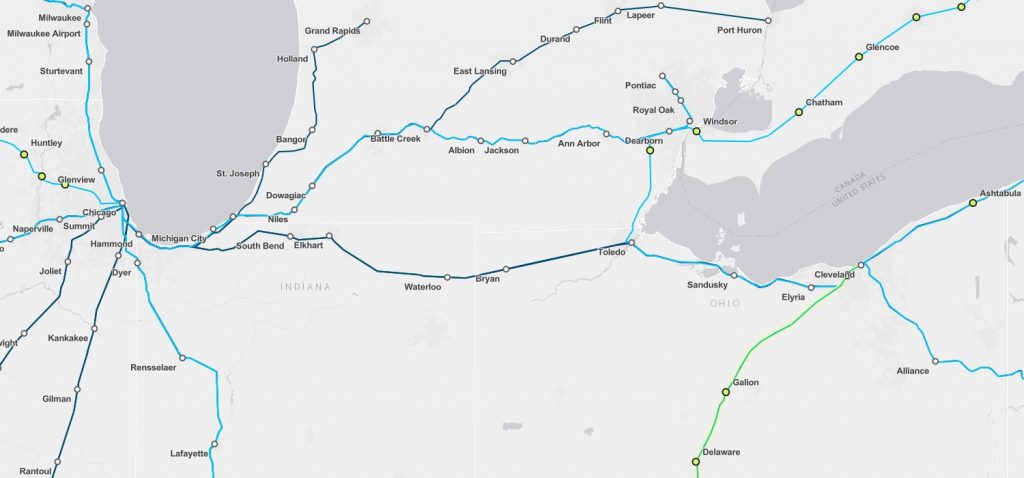
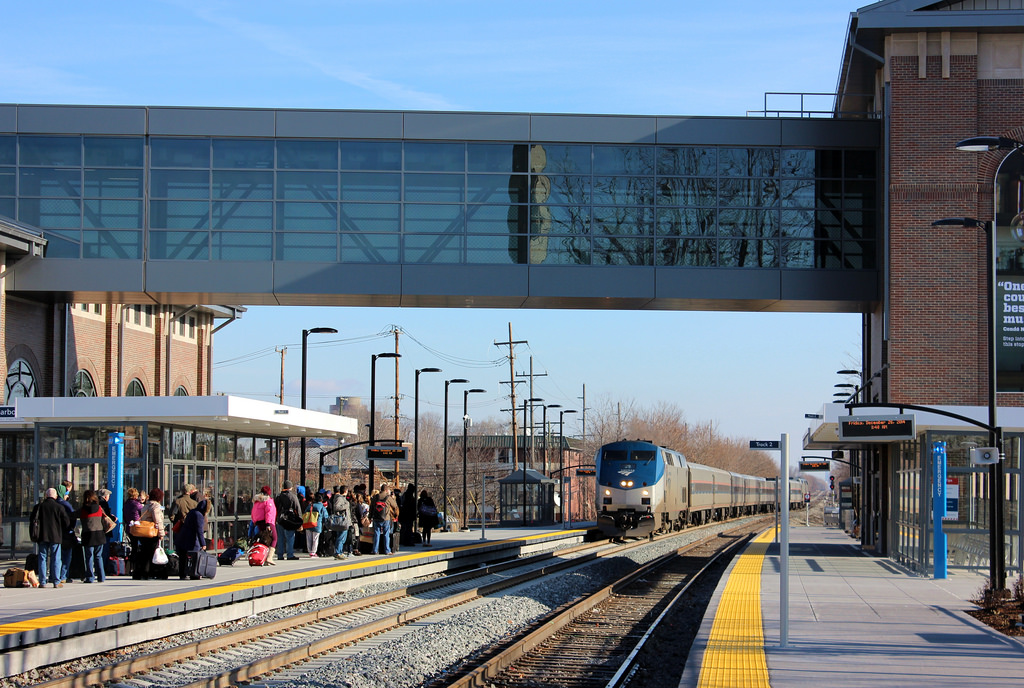
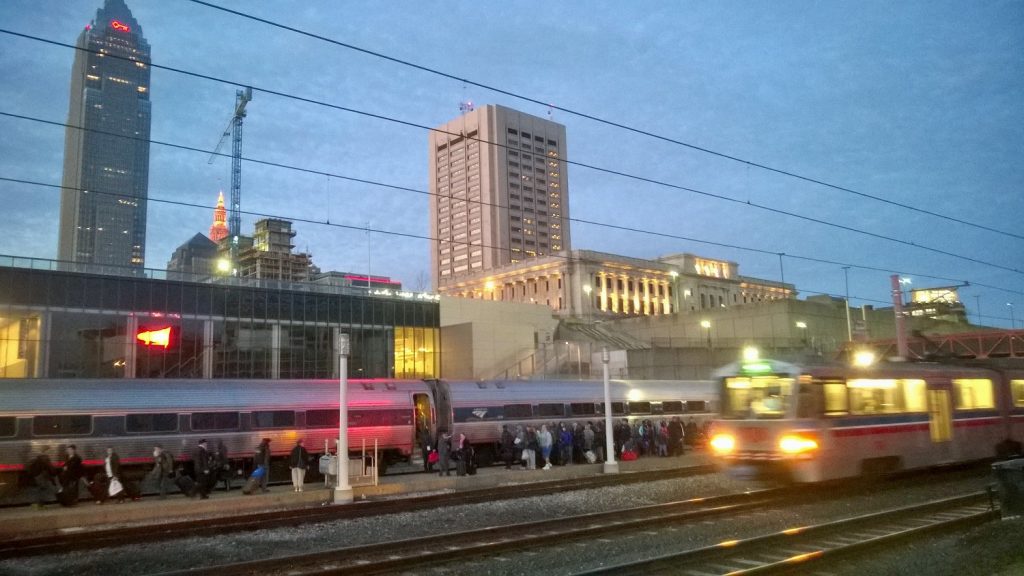
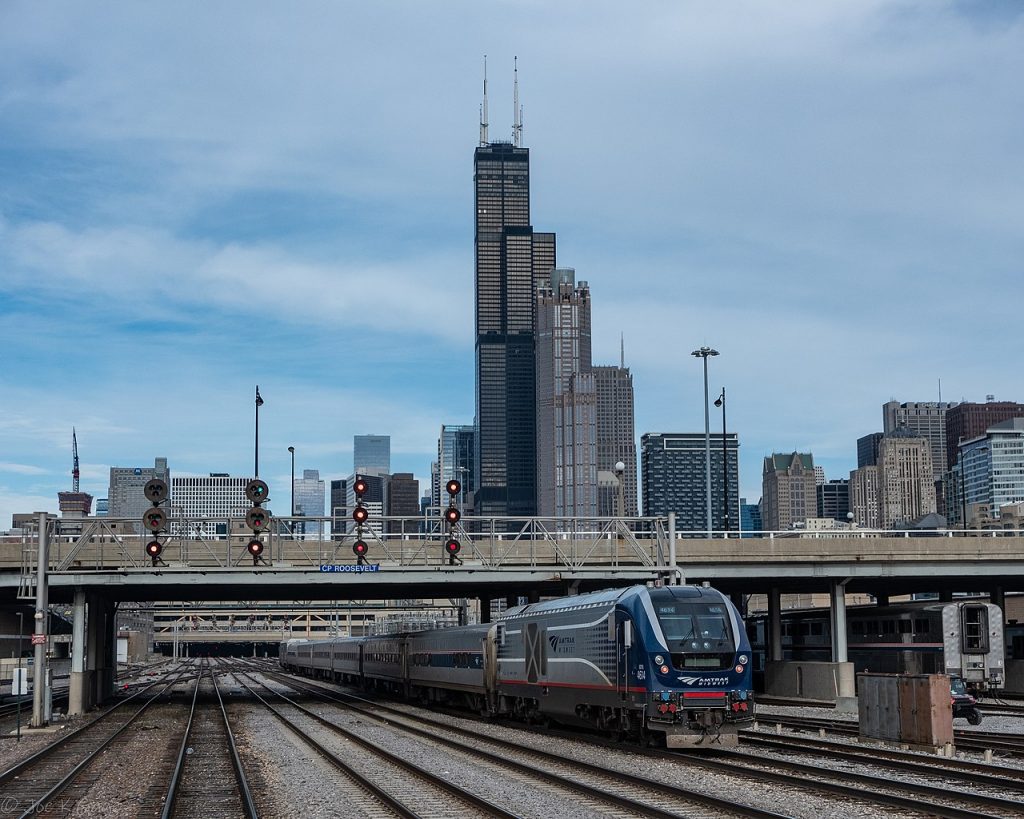
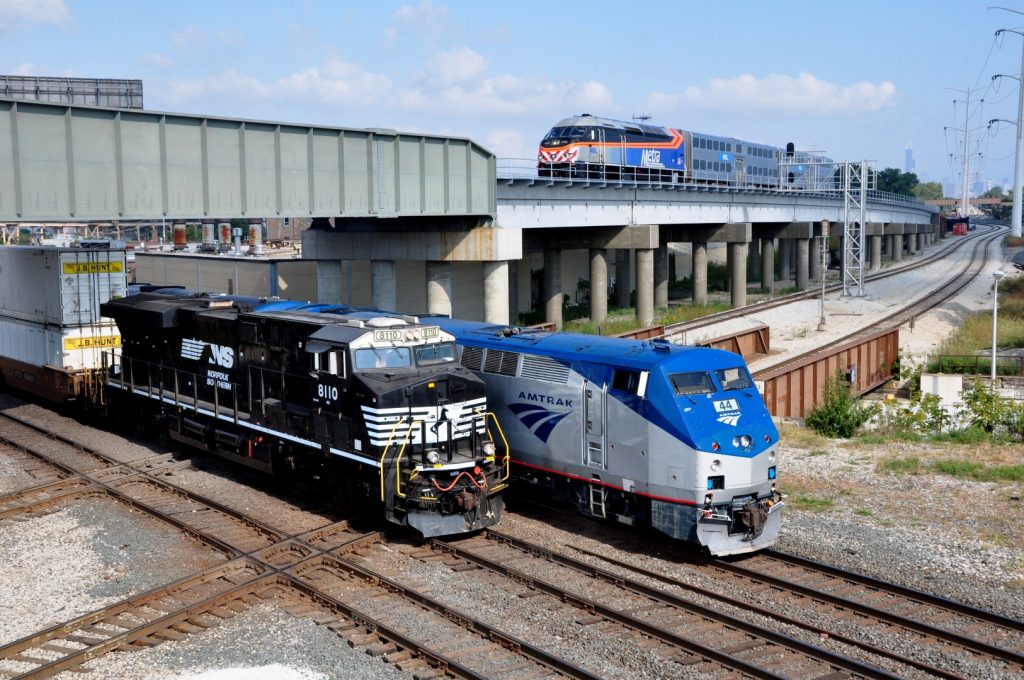


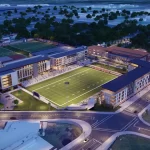
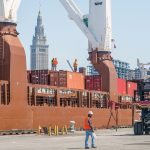


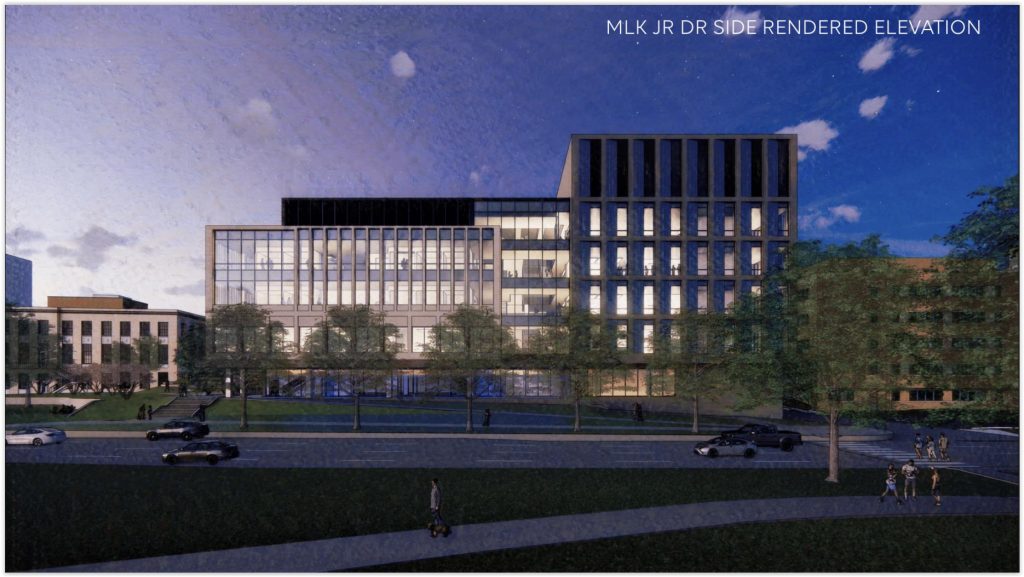
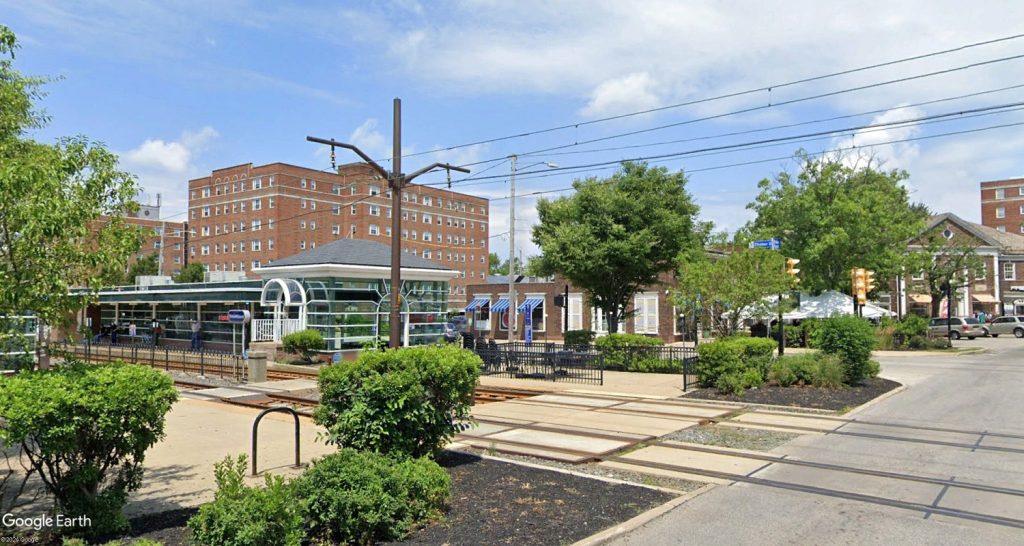
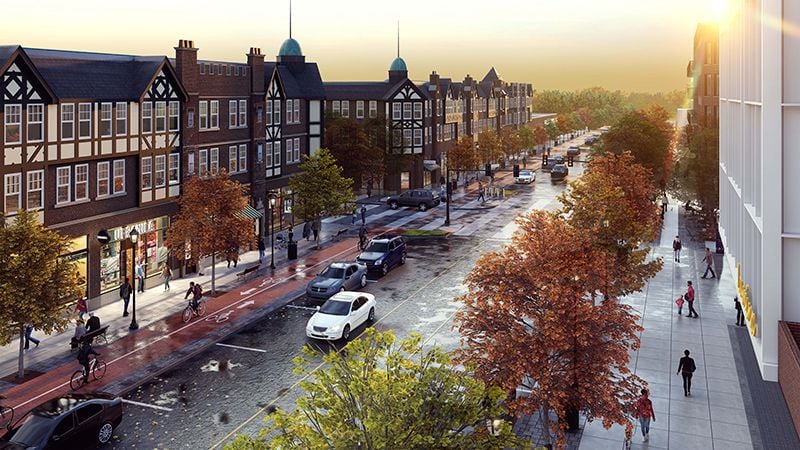
Comments are closed.